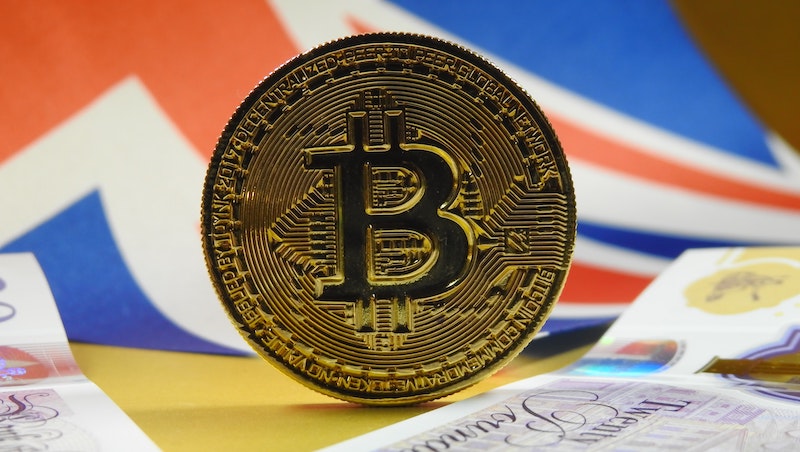But, if it happens – and, under current plans, the tax will not even start going up until after August 2013’s Lower House election – it will do little to boost growth and remove the deflationary forces in place since the late 1990s.
Previous policy
It could even backfire in the longer term if the growth hit from it ends up squeezing fiscal revenue, as it did when it was last raised in April 1997. Our peak-to-trough analysis confirms that rising land prices was the jigsaw piece missing when the Ministry of Finance in 1997 (consumption tax rise) then Bank of Japan in mid-2000 (ending of zero policy rates) tightened policy prematurely, then had to backtrack as the economy slumped again.
Little surprise the 5% tax rate has been unchanged for almost 15 years, with the few revenue-seeking Prime Ministers seeking to raise it losing party support and/or elections.
Yet Japan’s continued fiscal deterioration since, not helped by last March’s unfortunate disasters, means current Prime Minister Noda is now committed to lifting it: to 8% in April 2014, then 10% in October 2015. Noda is Japan’s sixth PM in five years.
If the plan gets Parliamentary approval, the tax rise would boost the CPI by an almost proportionate amount (there are few exemptions); raise in totem about ¥ 12½trn ($ 164bn, or 2.5% of GDP) in revenue, covering the bulk of the government’s ¥ 20trn (4¼% of GDP) reconstruction estimate over five years; take a third off the primary deficit to about 5% of GDP; and slow (though not reverse) the government’s debt deterioration, thereby appeasing the rating agencies. Raising the rate to the 20% EU average (unlikely) would cut the primary deficit to just 2.5% of GDP.
While the fiscal benefits are clear, there are hurdles. Noda may have to bring forward the 2013 election to later this year, risking the survival of his own tax plan.
Number of possibilities
But, the biggest obstacle will be the weak economy. The irony is that, with deflation still precluding the negative real interest rates needed, Japan’s options for loosening policy have for a decade been far more limited than in the stronger economies.
The frustration is that, as in 2011, safe-haven flows are likely to defer one of the key elements needed to revive growth, boost exports, improve debt ratios, and lift the Nikkei – a sharply weaker yen.
The other – a rejuvenated consumer (about 60% of GDP) – looks equally remote, given consumers were wilting even before the unfortunate disasters. Reconstruction has given a fillip. But, for this to end deflation needs momentum from these two factors, elements lacking when the CPI last popped up in 2008, driven by oil.
So, while Japan’s authorities continue trying unconventional methods, most potent for Japanese Government Bonds (JGBs) will again be the near guarantee the Bank of Japan will keep buying them via the Rinban.
The BoJ could if needed just raise its full-year purchases – from 46% of net new supply closer to the 60% during 2008. Even after more than a decade of Japanese QE, the BoJ’s 12% share of the ¥740trn ($9.7trn) JGBs outstanding is still way lower then the BoE’s roughly one-third share of gilts, for example.
And, while delivery of the long-awaited consumption-tax rise remains to be seen, the expectation of future revenue gains, a slower economy after 2012, and yet a positive CPI should support both conventional and inflation-linked JGBs.











